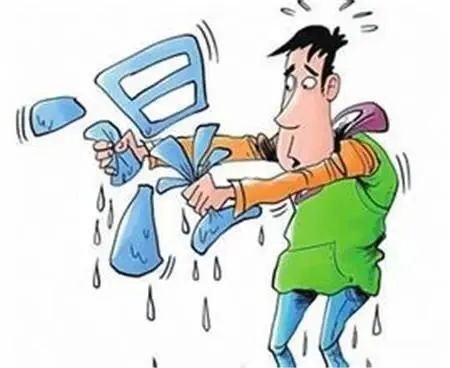
Recently, Changsha has been experiencing continuous rain, making people feel drowsy and lethargic, as if their heads are wrapped in a damp cloth, leaving them in a state of confusion.
Everywhere is wet and filled with moisture. Many people are experiencing a series of symptoms such as dizziness, heaviness in the head, chest tightness, abdominal bloating, soreness in the calves, a feeling of heaviness, a swollen tongue, and clear teeth marks… This is what we commonly refer to as excessive dampness.
Understanding “Dampness” in Traditional Chinese Medicine
Chinese Medicine
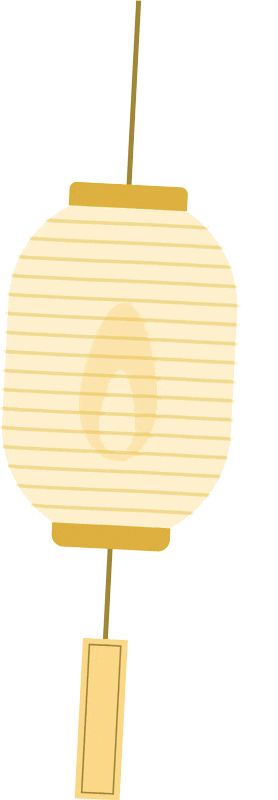
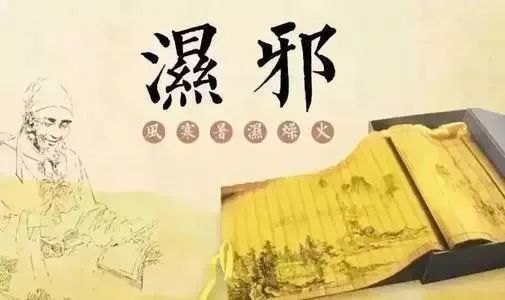
In Traditional Chinese Medicine (TCM), “dampness” is one of the six pathogenic factors in nature, which include wind, cold, heat, dampness, dryness, and fire. Dampness is characterized by its heavy, turbid, and sticky nature, which can easily damage Yang Qi and lead to prolonged and difficult-to-treat conditions.
Dampness can arise from two main sources: external and internal. TCM generally categorizes dampness into external dampness and internal dampness.
External dampness is often caused by humid weather, exposure to rain, or living in damp environments, which invades the body from the outside.
Internal dampness refers to dampness generated within the body, often due to the spleen’s failure to transport and transform, the lungs’ failure to disperse and descend, or the kidneys’ failure to warm and nourish, leading to the accumulation of water and dampness, commonly referred to as “spleen deficiency leading to dampness, with water and dampness stagnating internally.”

Common Manifestations of “Excessive Dampness”
✓ Unformed stools, loose or constipated; sticky stools (sticking to the toilet, difficult to flush) and frequent bowel movements;
✓ Dry mouth, bitter taste, bad breath;
✓ Drooling during sleep, snoring;
✓ A feeling of heaviness in the body, joint pain throughout the body;
✓ Excessive phlegm, cough, and an unclear throat;
✓ Oily hair, hair loss;
✓ Facial spots, acne, and an oily complexion;
✓ Dizziness and easy fatigue.

How to Eliminate Internal Dampness?
As the saying goes, “It is easy to remove a thousand cold, but hard to eliminate dampness.” To effectively eliminate dampness, one must determine the type and nature of the dampness to decide on the appropriate method.
01 Avoid External Dampness
In daily life, it is best to reduce exposure to damp environments, limit outdoor activities on rainy days, and avoid getting wet in the rain.
Indoors, one can use dehumidifiers, desiccants, or air conditioning to remove moisture; avoid sleeping directly on the floor, as it can be damp and invade the body, causing limb soreness; after bathing, thoroughly dry the body and hair to avoid external dampness; do not wear damp, non-breathable clothing to prevent external dampness from entering the body.
02 Exercise to Eliminate Dampness
Appropriate exercises such as running, brisk walking, ball sports, yoga, and Tai Chi can help promote blood circulation, increase fluid metabolism, and accelerate the elimination of dampness through sweat and urine.
As the saying goes, “Overweight people have more dampness,” and those who are overweight often do not like to exercise. The more one avoids exercise during damp and rainy seasons, the more dampness accumulates in the body, which can eventually lead to spleen dysfunction and a series of health issues.
03 Strengthen the Spleen and Stomach to Aid in Water and Dampness Transformation
TCM believes that the spleen is responsible for transformation and transportation, which includes the functions of processing food and fluids. For individuals with a weak spleen and stomach, it is easier for dampness to become trapped in the body. Excessive dampness can burden the spleen and stomach, leading to conditions such as spleen dysfunction, impaired transformation, and undigested food.
Those with spleen and stomach deficiency should minimize the intake of cold and raw foods and can strengthen the spleen and eliminate dampness by consuming slightly warm, sweet foods or medicinal foods. Soups made with lean meat, Codonopsis pilosula (Dang Shen), Chinese yam (Shan Yao), Astragalus (Huang Qi), and jujube (Da Zao) can help strengthen the spleen and stomach and replenish deficiencies.
The spleen is the source of phlegm and dampness generation; “to eliminate dampness, one must first strengthen the spleen.” Therefore, strengthening the spleen and nourishing the stomach is one of the keys to eliminating dampness.
04 Dampness-Removing Herbal Medicine
Commonly used dampness-eliminating herbs can be categorized into three main types:
Fragrant Dampness-Transforming Herbs
Herbs such as Agastache (Huo Xiang), Eupatorium (Pei Lan), Atractylodes (Cang Zhu), Amomum (Sha Ren), White Cardamom (Bai Dou Kou), Magnolia Bark (Hou Po), and Grass Fruit (Cao Guo) are mainly suitable for cold dampness.
Heat-Clearing and Dampness-Drying Herbs
Herbs such as Coptis (Huang Lian), Scutellaria (Huang Qin), Phellodendron (Huang Bai), Gentian (Long Dan Cao), Sophora (Ku Shen), Artemisia (Yin Chen), Moneywort (Jin Qian Cao), and others are mainly suitable for damp-heat conditions.
Water-Draining and Dampness-Dispersing Herbs
Herbs such as Poria (Fu Ling), Alisma (Ze Xie), Polyporus (Zhu Ling), Red Bean (Chi Xiao Dou), Plantago (Che Qian Zi), and others. When combined with fragrant dampness-transforming herbs, they treat cold dampness; when combined with heat-clearing and dampness-drying herbs, they treat damp-heat conditions.
If the dampness is due to spleen deficiency, it is necessary to include herbs that strengthen the spleen and eliminate dampness, such as Atractylodes (Bai Zhu), Hyacinth Bean (Bian Dou), Peach Seed (Wu Zhi Mei), and Coix Seed (Yi Yi Ren) (which can also drain water).
If it is damp bi (dampness obstructing the channels), one must use wind-damp dispelling herbs such as Notopterygium (Qiang Huo), Angelica (Du Huo), Papaya (Mu Guo), and others.
From a pathophysiological perspective, dampness easily obstructs the flow of Qi, and the treatment principle is that when Qi flows, water flows. Therefore, dampness-eliminating formulas often include Qi-moving herbs such as Chen Pi (Chen Pi), which can move Qi, dry dampness, and strengthen the spleen while transforming phlegm. Commonly used herbs that have both Qi-moving and dampness-eliminating effects include Amomum (Sha Ren), White Cardamom (Bai Dou Kou), and Magnolia Bark (Hou Po).
The Huang Di Nei Jing (Yellow Emperor’s Classic of Internal Medicine) also mentions the concept that “wind can overcome dampness,” so wind-dispelling herbs such as Saposhnikovia (Fang Feng), Notopterygium (Qiang Huo), Angelica (Bai Zhi), and others are often used to assist in dampness elimination.
05 Dampness-Removing Dietary Therapy
Foods such as Job’s Tears (Yi Yi Ren), Peach Seed (Wu Zhi Mei), Coix Seed (Qian Shi), Soybeans (Huang Dou), Red Beans (Chi Xiao Dou), Black Beans (Hei Dou), Winter Melon (Dong Gua), Dried Tangerine Peel (Chen Pi), Lotus Leaf (He Ye), Earth Poria (Tu Fu Ling), Purslane (Ma Chi Xian), Corn (Yu Mi), Sorghum (Sorghum), Buckwheat (Qiao Mai), Barley (Da Mai), Ginkgo (Bai Guo), Lotus Seed (Lian Zi), Carrots (Hu Luo Bo), Mustard Greens (Jie Cai), Kelp (Hai Dai), and Seaweed (Zi Cai) are beneficial.
Job’s Tears
Taste: Sweet, bland, and cool in nature. Effects: Promotes urination and drains dampness, strengthens the spleen and stops diarrhea, eliminates bi, drains pus, and detoxifies. For those with cold dampness, it is recommended to use roasted Job’s Tears to make its properties slightly warm.
Peach Seed
Taste: Sweet, spicy, and neutral, with a fragrant aroma.
Effects: Strengthens the spleen, nourishes the lungs, moves Qi, and drains dampness, benefiting strength and relaxing muscles.
Lotus Leaf
Taste: Slightly bitter, slightly sweet, slightly spicy, neutral, and clear in nature. Effects: Reduces summer heat and drains dampness, strengthens the spleen and raises Yang, disperses blood stasis and stops bleeding. It is most commonly used for reducing greasiness and aiding in weight loss.
Coix Seed
Taste: Sweet, astringent, and neutral. Effects: Benefits the kidneys, secures essence, strengthens the spleen, stops diarrhea, and eliminates dampness and stops discharge.
Earth Poria
Taste: Sweet, bland, and neutral. Effects: Detoxifies, eliminates dampness, and promotes joint mobility.
It is commonly used in the prevention and treatment of gout.
Red Beans
Taste: Sweet, sour, and neutral. Effects: Promotes urination and reduces swelling, detoxifies and drains pus, and alleviates jaundice.
Black Beans
Taste: Sweet and neutral. Effects: Benefits the kidneys, strengthens the spleen, and promotes urination and detoxification.
Winter Melon
Taste: Sweet, bland, and slightly cold. Effects: Promotes urination, clears heat, transforms phlegm, generates fluids, and detoxifies. If a person with cold constitution wants to drink winter melon soup, it is best to add some ginger while cooking.
Dietary Restrictions: Individuals with excessive dampness should avoid fried, sweet, greasy, strongly flavored, and high-calorie foods that can easily generate phlegm and dampness.
Note: Job’s Tears, Earth Poria, Red Beans, and others have strong diuretic effects and should not be taken by pregnant women.
06 Acupoint Therapy for Dampness Elimination
When experiencing dampness obstructing the brain orifices, with turbid evil not descending and clear Yang not ascending, leading to dizziness and heaviness in the head, one can massage the Baihui (百会) point, Shanzhong (膻中) point, and Jianjing (肩井) point.
07 Other Methods
Cupping, Gua Sha, massage, Tui Na, acupuncture, and foot baths are suitable TCM therapies that are safe, convenient, and effective.
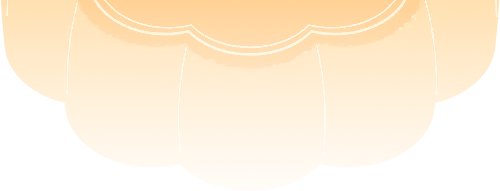
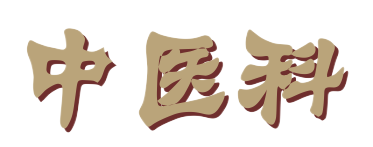

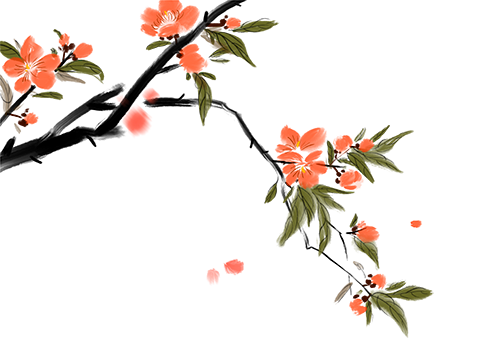
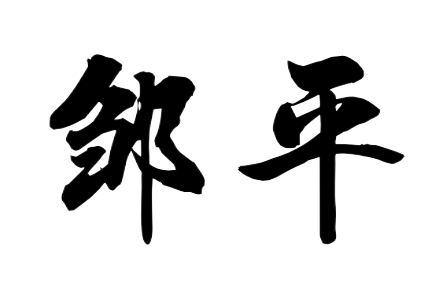
Dr. Li, Deputy Chief Physician of the TCM Department, has over 16 years of experience in TCM practice, having studied for a year at Xiangya Second Hospital, and possesses rich clinical experience in TCM. He specializes in the diagnosis and treatment of cough, asthma, sweating disorders, insomnia, stomach pain, neck, shoulder, waist, and leg pain, post-stroke sequelae, tumors, and other diseases. He has obtained two national invention patents, participated in two provincial projects, and published several medical papers.
z
TCM Department Consultation Phone: 88602556
Consultation WeChat:



Our hospital address: Intersection of Purui Avenue and Leifeng Avenue, Wangcheng District, Changsha City
Transportation route: Take bus routes 355, 357, 918, W107, W111, W117, W204 to the Changsha Medical College bus stop.
Editor: Li Lu
Reviewer: Xie Liu
Changsha Medical College Affiliated First Hospital
Outpatient Phone: 88602556 / 155 7585 2739
Operation Management Center: 88602552
Vaccination: 88602512
Physical Examination Appointment: 88602529
Emergency Rescue: 88602120
WeChat Consultation:

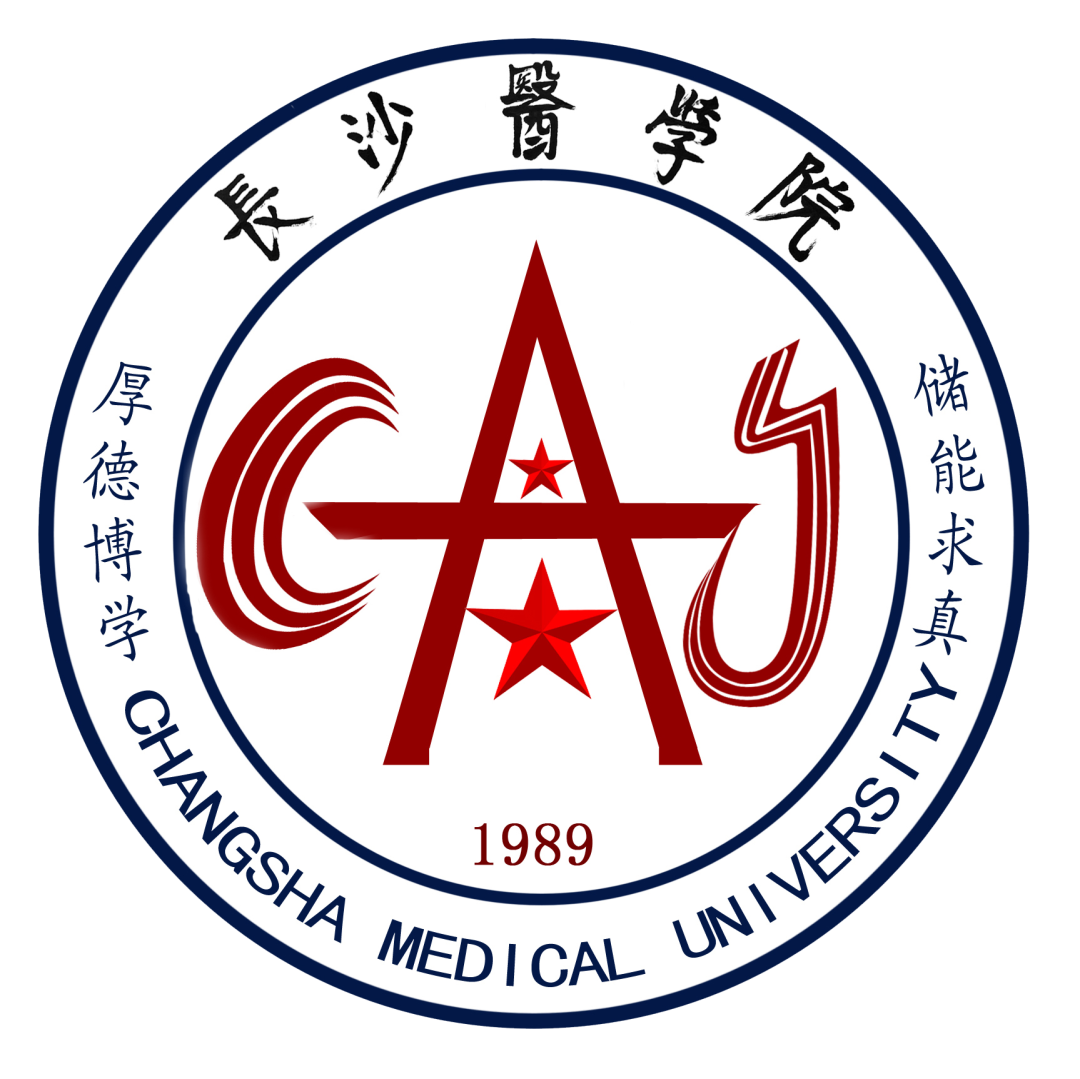

Scroll up and down to view this bookmark





Changsha Medical College Affiliated First Hospital Eye Center

Changsha Medical College Affiliated First Hospital Health Examination Department

Changsha Medical College Affiliated First Hospital Endocrinology Department

Changsha Medical College Affiliated First Hospital Plastic Surgery Department

Changsha Medical College Affiliated First Hospital Orthopedics Department

Changsha Medical College Affiliated First Hospital Pediatrics Department

